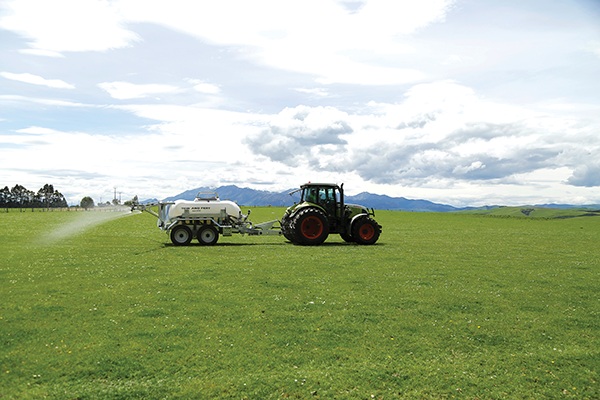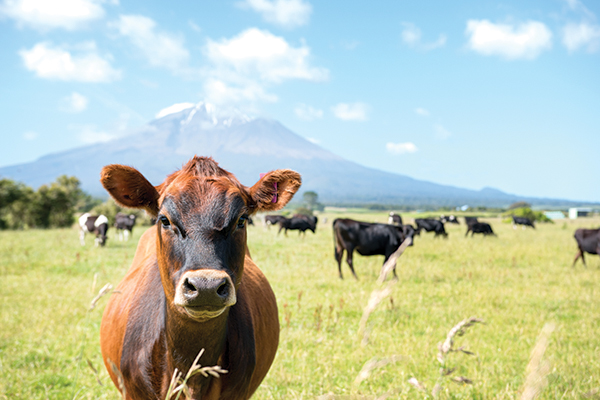Providing a newborn calf or lamb with colostrum within 12 hours of birth is vital, we know that. And if maternal colostrum is unavailable or poor quality, a colostrum replacer can provide an essential alternative.
So, how do you go about selecting the right product? Always remember, a product selected on price may not give a calf the start it needs to become a high-performance animal.
Consider:
Is it a colostrum replacer or a colostrum supplement?
Although very similar, it’s important to note the difference between a colostrum replacer and a colostrum supplement.
- A colostrum replacer is designed to completely replace the first feeding of colostrum – most often used when high-quality colostrum is not available.
- A feed of colostrum replacer will provide at least 100g of Immunoglobulin G (IgG) which is essential for achieving passive transfer in a 40kg calf.
On its own, a colostrum supplement cannot replace high quality colostrum; it is designed to be fed in conjunction with maternal colostrum.
Have the vital immunoglobulins been protected during pasteurisation?
Products listed as “whole colostrum” (usually a replacer) are just that; made from colostrum collected from dairy cows.
Any colostrum must be heat-treated (pasteurised) to eliminate any potential disease-causing agents, such as Johne’s disease or M. bovis.
Heat treatment is key here. Where standard pasteurisation involves high temperatures which can reduce IgG content and damage growth factors, whole colostrum is pasteurised through carefully timed heating and cooling cycles, with regular testing, to preserve the natural ratio of all ingredients – keeping key colostral components intact. So, the different products obviously have different benefits. However, a colostrum replacer is more cost-effective; it can be used as the sole source of colostrum or to enrich maternal colostrum. Ask your retailer for AgriVantage’s Launchpad18 – the whole colostrum replacer.





